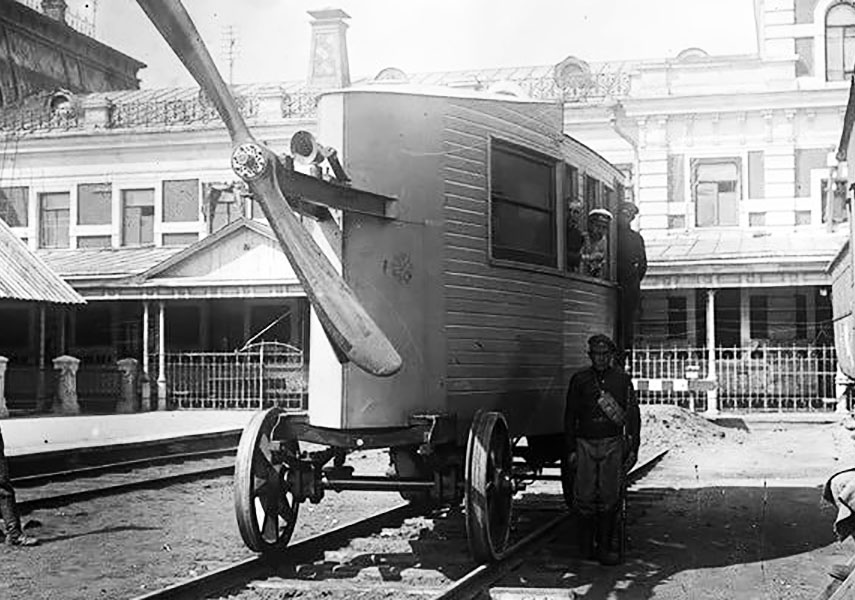In the annals of transportation history, the Aerowagon remains one of the most intriguing and ambitious experiments of the early 20th century. This high-speed railcar, conceived and built in the early Soviet Union, was a unique blend of aviation and railway technology, aiming to revolutionize how people traveled across the vast distances of the country. This article delves into the creation, design, and legacy of the Aerowagon, shedding light on an extraordinary chapter of technological innovation.
The Genesis of the Aerowagon
- Innovation in the Post-Revolution Era: In the aftermath of the Russian Revolution, the newly formed Soviet Union was eager to showcase its prowess in technological innovation. The Aerowagon was born out of this desire, embodying the revolutionary spirit and the push towards modernity.
- The Visionaries: The project was spearheaded by Valerian Abakovsky, a young Latvian engineer, who saw potential in combining the aerodynamic design of an airplane with the practicality of a railcar. His vision was supported by leading Soviet engineers and officials, who were keen on developing rapid transit systems.
Design and Specifications
The Aerowagon was no ordinary train. It featured:
- Aerodynamic Design: Inspired by contemporary aircraft, the Aerowagon boasted a streamlined shape to minimize air resistance at high speeds.
- Propulsion System: Uniquely, it was powered by an aircraft engine and propeller, rather than traditional steam or electric engines, enabling it to achieve remarkable speeds for its time.
- Capacity and Comfort: Designed to carry officials quickly across the Soviet Union, it had a limited passenger capacity but ensured a degree of comfort that was innovative for rail travel at the time.
The Inaugural Journey and its Aftermath
- A Test of Speed and Innovation: The Aerowagon’s most notable journey took place in July 1921, when it was tasked with transporting a group of Soviet officials from Moscow to Tula. The trip aimed to demonstrate the vehicle’s speed and reliability.
- Tragic Outcome: Unfortunately, the Aerowagon’s inaugural journey ended in tragedy. On its return trip to Moscow, the vehicle derailed at high speed, leading to the death of several passengers, including its inventor, Valerian Abakovsky.
Legacy and Lessons Learned
Despite its tragic end, the Aerowagon project offers several key takeaways:
- Innovation Risks and Rewards: It stands as a testament to the boldness of early Soviet engineering efforts, showcasing both the potential and peril of pushing technological boundaries.
- The Path Not Taken: The Aerowagon’s demise highlighted the challenges of blending different technologies and ultimately influenced the direction of future transportation projects in the Soviet Union.
- A Historical Curiosity: Today, the Aerowagon is remembered as a fascinating historical footnote, offering insights into the ambitious spirit of an era.
Conclusion
The Aerowagon’s story is a compelling chapter in the history of transportation, marked by visionary engineering, tragic consequences, and lasting impact. It serves as a reminder of the relentless human pursuit of innovation and the complexities inherent in bringing groundbreaking ideas to life. While the Aerowagon did not fulfill its promise of revolutionising travel, it remains a symbol of a time when the future seemed limited only by the imagination.

Leave a Reply